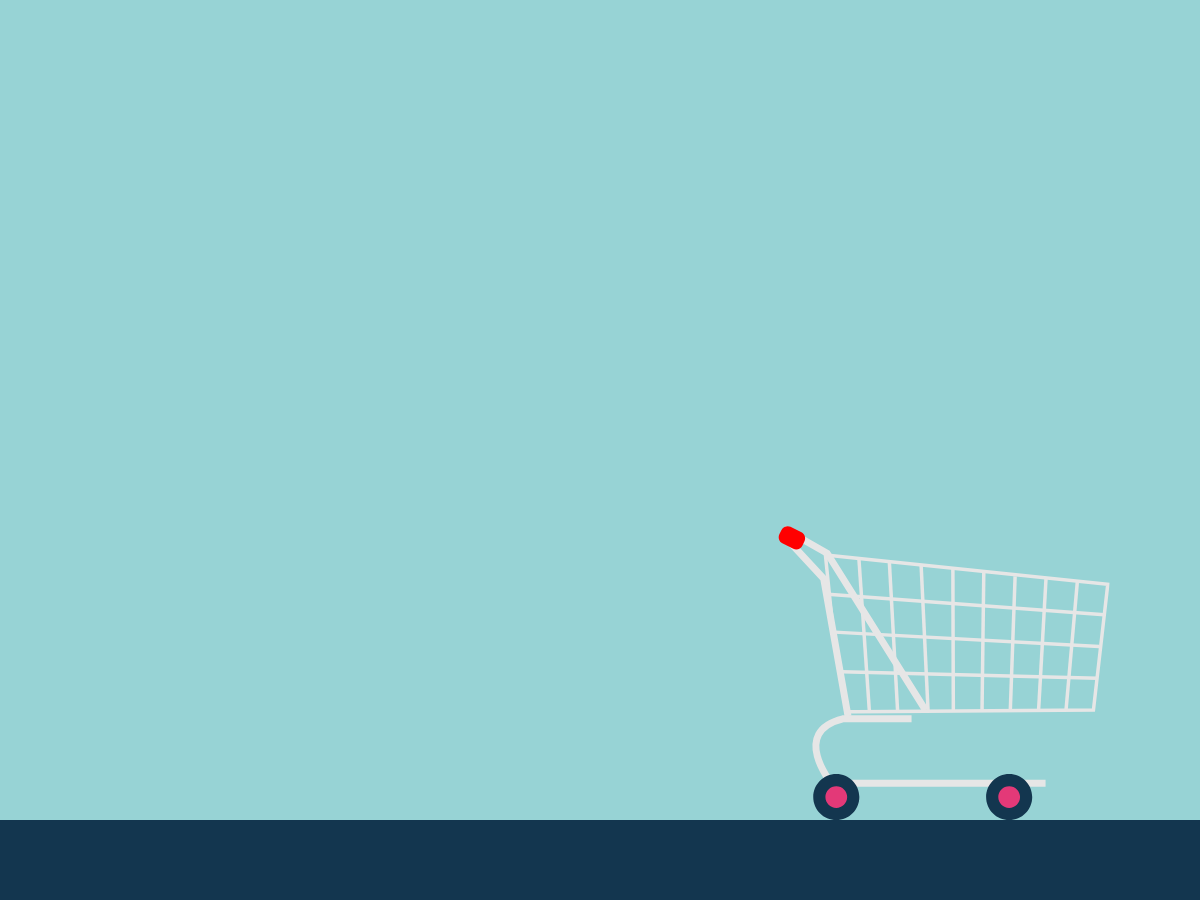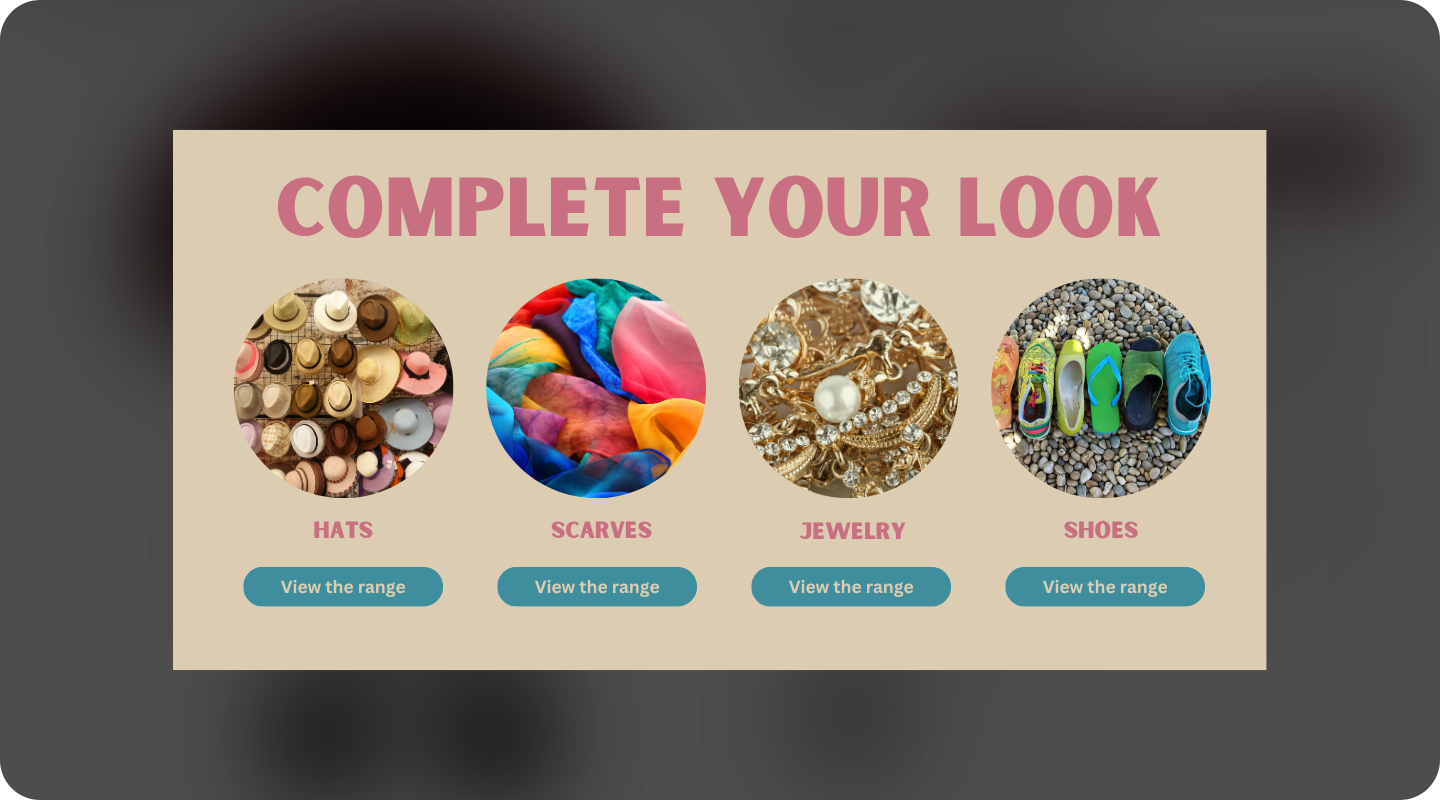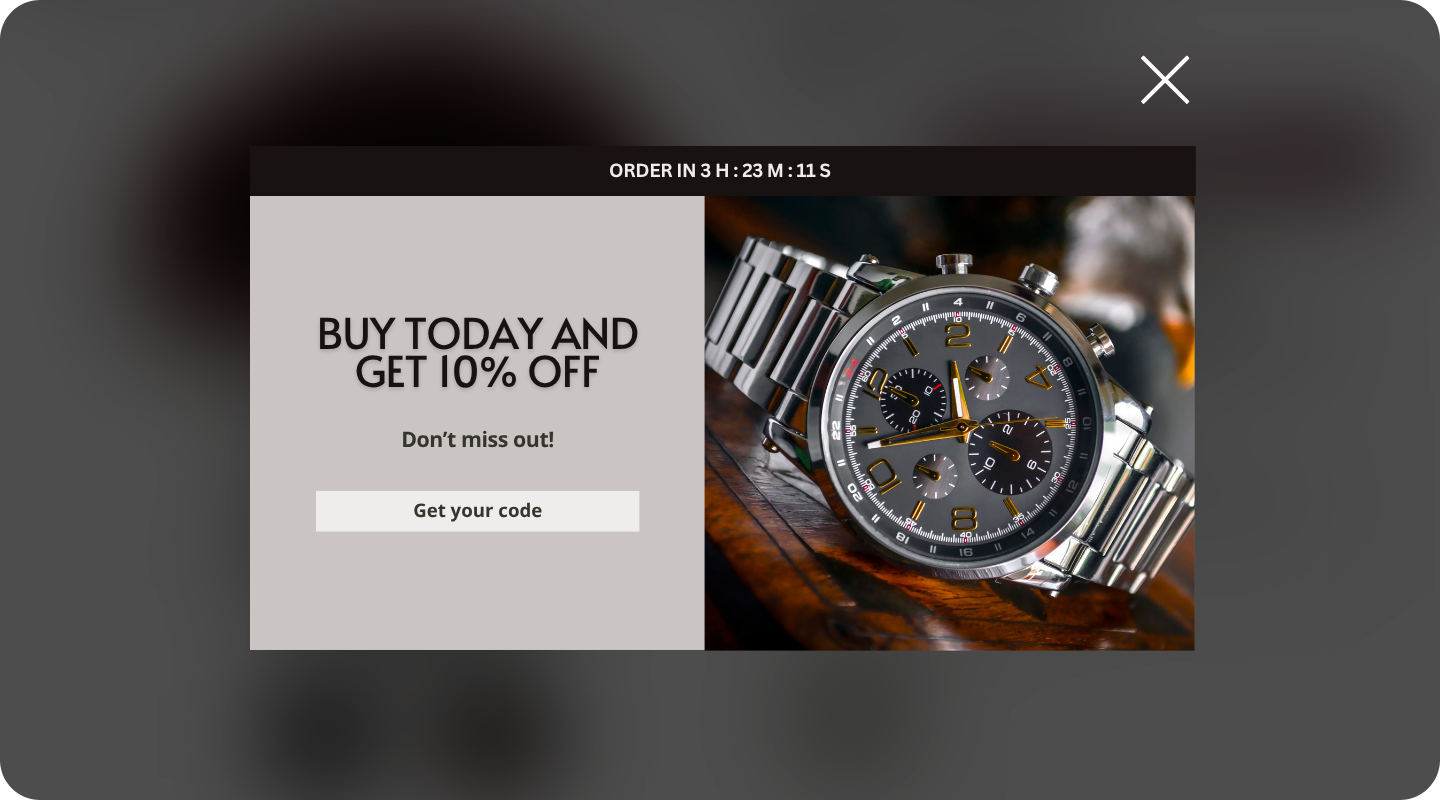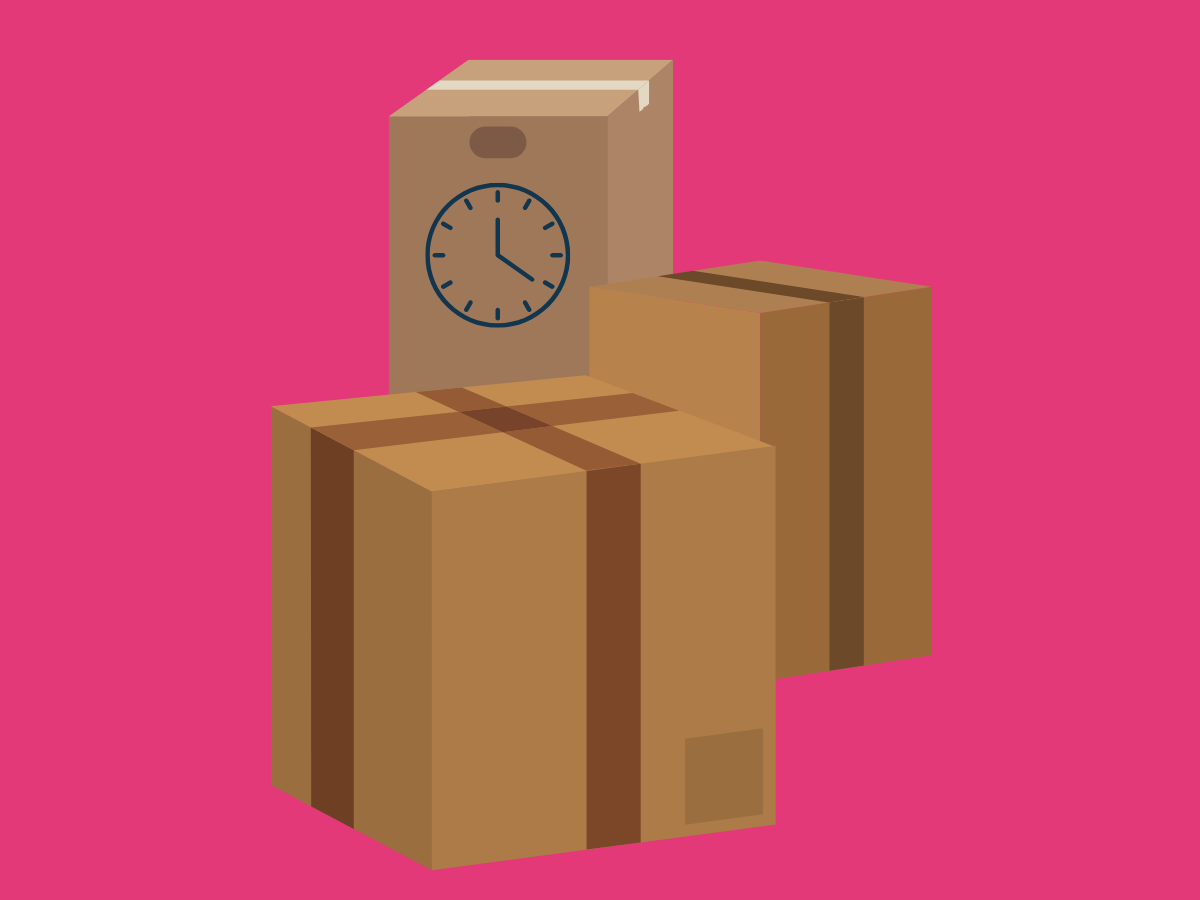Stop wasting money on abandoned cart incentives

Are you giving 10% off to every cart abandoner? Do you know which customers actually need incentives?
Is your blanket discount strategy training shoppers to abandon carts on purpose?
That last question should keep you awake at night.
Most eCommerce marketers treat abandoned cart incentives like a fire hose when they need a precision instrument.
The result? Wasted promotion spend, eroded margins, and customers who game your system.
The wrong question everyone asks
Most retailers ask: "What discount should I offer abandoned carts?"
The right question: "Which abandoned carts deserve incentives?"
Here's why this matters. Research from the Baymard Institute shows cart abandonment hits 70.19% across eCommerce platforms. But here's what that stat doesn't tell you: most abandoned carts were never serious purchases anyway.
Your conversion rate optimization efforts should focus on the right customers, not all customers.
Your current strategy is probably broken
- Shoppers abandon their shopping cart
- Most of those never intended to buy anyway
- Blanket discounts reward the wrong behavior
- You're giving away margin to people who would buy regardless
Personalized experiences can lift conversion rates. Yet most retailers use the same abandoned cart email for everyone.
That's like using a sledgehammer to hang a picture frame.
What actually works: The behavioral signal approach
Smart eCommerce CRO starts with understanding customer intent. Not all cart abandoners are created equal.
High-intent signals to look out for
- Time spent browsing before adding to cart
- Multiple product page visits
- High cart values relative to site average
- Previous purchase history
- Deep product research behavior
These customers often convert without incentives. Your optimization efforts should test no-discount approaches first.
Low-intent signals
- Immediate cart abandonment
- Very low cart values
- No product research
- Bounce from external traffic
These shoppers rarely convert regardless of discounts and promotions. Focus your spend elsewhere.
The three-tier strategy that drives real conversions
Instead of blanket discounts, segment abandoned carts into three categories:
Tier 1: High-intent abandoners
Strategy: Gentle nudge, hold the discount (for now) for customers showed strong buying signals.
Example approaches:
- "Still thinking about that jacket? It's waiting for you."
- "Questions about sizing? Our team can help."
- "Your items are reserved for 24 hours."
Test these against discount offers. You might be surprised.
Tier 2: Medium-intent fence sitters
Strategy: Small incentive or value-add - these shoppers need a gentle push. But start small.
Example approaches:
- Free shipping (often more powerful than % discounts)
- "Complete your look" cross-sell suggestions
- Extended return policy
- 5-10% discount as a last resort

Tier 3: Low-Intent window shoppers
Strategy: Skip them or test without incentives. Don't chase every cart abandoner.
Some customers use your site for research with no intention to buy. Others are deal hunters who won't convert without massive discounts.
Both groups destroy your customer experience metrics and profitability.
The psychology behind cart abandonment
Understanding why customers abandon helps you craft better incentives.
Decision fatigue kills conversions
Too many choices overwhelm customers. In a famous experiment by Sheena Iyengar and Mark Lepper customers bought more jam when faced with 6 jam varieties, rather than 24.
Application for retail:
- Simplify checkout processes
- Reduce form fields
- Limit shipping options to 2-3 choices
- Use progressive disclosure for complex products
Price anchoring gone wrong
That "was £100, now £80" pricing might work against you. Research by Dan Ariely and Jeff Kreisler shows that arbitrary anchors influence purchase decisions.
Better approach:
- Test full-price messaging first
- Use bundle pricing to increase perceived value
- Frame discounts as rewards, not necessities
FOMO vs. analysis paralysis
Limited-time offers create urgency. But research shows that too much pressure backfires.
Find the balance:
- 24-48 hour cart holds (not 15 minutes)
- "Limited quantities" only when true
- Urgency in final email, not first contact

Proven tactics that actually work
Exit-intent overlays done right
Trigger overlays when customers show genuine exit behavior, not arbitrary timeouts.
What works:
- Mouse movement toward browser close button
- Extended time on checkout page without progress
- Copying product names to search for cheaper prices
- Using invalid discount codes at checkout
What doesn't:
- Time-based pop-ups (feels desperate)
- Multiple overlays per session (annoying)
- Same offer for all visitors (wasteful)
Email sequences that convert
Most retailers send one abandoned cart email. Email flows give more opportunities to recapture.
Example sequence:
- Email 1 (1 hour): Simple reminder, no discount
- Email 2 (24 hours): Add value or small incentive
- Email 3 (3 days): Final chance with urgency
What doesn't work: Avoid these mistakes
The discount trap
Offering 15% to everyone trains customers to expect discounts. You're creating the problem you're trying to solve.
Immediate gratification pop-ups
Instant overlays feel desperate. They also interrupt the customer experience before you understand intent.
One-size-fits-all messaging
"Don't forget your items" works for repeat customers. New visitors need different messaging focused on value and trust-building.
Testing your way to success
Start with these tests
Discount percentage: 10% vs 15% vs 20% vs no discount
Hypothesis: Higher discounts don't always drive better results
Measure: Conversion rate AND average order value
Timing: 1 hour vs 4 hours vs 24 hours
Hypothesis: Immediate follow-up feels pushy
Measure: Email open rates and click-through rates
Message tone: Urgent vs helpful vs exclusive
Hypothesis: Urgency works for high-intent, helpfulness for medium-intent
Measure: Conversion by customer segment
Metrics that actually matter
Don't just track cart recovery rate. That's vanity metrics.
Track instead:
- Revenue per recovered cart
- Customer lifetime value changes
- Repeat purchase behavior
- Margin impact per campaign
Control groups are critical
To track incremental revenue test against a no-incentive control group. You might be giving away margin for no reason.
Advanced tactics: Beyond basic discounts
Dynamic incentives
Match incentive to customer value and cart contents.
Examples:
- £5 off orders over £50 (protects margin on small purchases)
- Free express shipping for orders over £100 (premium service as incentive)
- 15% off full-price items only (protects sale inventory margins)
Non-discount incentives
Sometimes the best incentive isn't monetary.
High-converting alternatives:
- Free shipping (often outperforms 10% discounts)
- Extended warranties
- Exclusive access
- Priority customer service
Final thoughts: Think bigger
Stop treating abandoned cart incentives as damage control.
Start thinking about them as customer education.
Every interaction teaches customers how to shop with you. Are you teaching them to abandon carts and wait for discounts? Or are you building trust and driving profitable behavior?
The choice is yours.
But choose carefully. Your margins depend on it.






